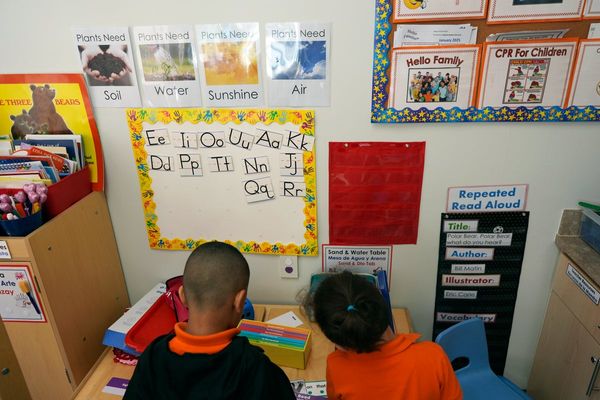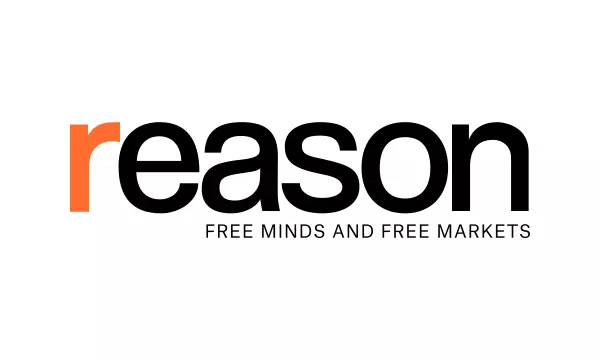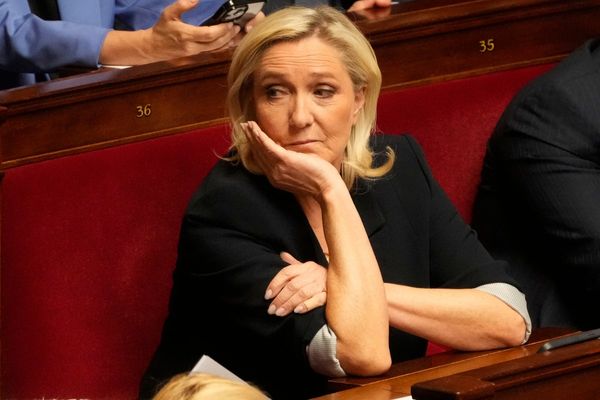
According to the RBI, the mechanism for settling international trade payments in rupees is as follows. One or more banks from a country that is happy to settle international trade payments in rupees and use its export surplus, if any, to make capital investments in India, should open a Nostro account with an Indian bank that is also an authorized dealer in foreign exchange. A Nostro account is what one bank opens in a foreign bank, to hold funds in the local currency.
Nostro is Latin for ‘ours’ and Vostro is Latin for ‘yours’. A Russian bank’s Nostro account in an Indian bank would be a Vostro account from the Indian bank’s perspective.
Indian importers would make payments to the Vostro account opened in an Indian bank by a bank of a foreign country that is happy to settle its trade payments in rupees. Indian exporters would be paid out of that Vostro account. Russia typically has a current account surplus with India. Instead of receiving that surplus in dollars, Russia would have to invest the money in India, either in government bonds or in projects in India.
What happens if India runs up a surplus, rather than a deficit? The RBI circular does not expressly address this question. But the logical answer would be that India would have to be prepared to hold a capital asset, denominated in the local currency, in the country that runs up a current account deficit with India. If Sri Lanka wants Indian rupees to import fuel from India, New Delhi would have to be prepared to give Colombo rupee credit or invest in Sri Lankan bonds issued in Sri Lankan rupees. Exchange rates are, in any case, supposed to be market-determined.
Recently, Indian cement maker Ultratech bought Russian coal and paid for it in Chinese Yuan. The new rupee payment mechanism would avoid such a contingency.
But would this mechanism fully insulate India’s trade with Russia from western sanctions? That is far from obvious. Suppose Aeroflot, the Russian air carrier, wants parts for its planes, currently not available for import from western countries. If an Indian company were to import the parts and export them to Russian buyers, would that be kosher? It would be, in terms of observing the West’s ban on Russian banks accessing dollars. However, using India as a transit route for bypassing the sanctions is bound to invite western scrutiny.
But they are not doing anything much about Indian refiners buying Russian crude, refining it and exporting the fuels obtained. Why would they bother about certain kinds of circumvention of their Russia sanctions while tolerating certain others? To the extent India and China buy Russian crude, they cut back on imports from Saudi Arabia and other sources, increasing the supply available to other nations. This helps control the price of fuel, which is highly politically sensitive in Europe and the US. So, even if the commentary in western media were to chide the practice, western governments are probably only too happy to let the flow of oil from Russia to India and China be. But semiconductors and airliner parts are a smellier kettle of fish.
India can either restrict trade meant for rupee settlement to goods that have relatively low import content or be prepared to put on the line a great deal of western goodwill or even face sanctions itself. The way to restrict trade to low import-content goods while still supplying high-tech goods to Russia is to expand indigenous manufacture to such goods. India makes quite a few parts of aeroplanes already. With the growing Indian aviation market in mind, and with the added Russian market to address, it would be entirely feasible to expand our aviation parts production to a miniature version of India’s extensive automobile parts production, which faces an existential threat from the electrification of vehicles.
Would not receiving foreign exchange payments for exports adversely affect our exporters’ incentive to export? Not at all. They have to convert their export earnings into rupees, in any case. American exporters receive payments in their domestic currency and American importers pay for their imports in their domestic currency. Ideally, this is how it should be for all nations. But all nations do not have America’s economic and geopolitical heft, which is what underpins the use of the dollar to settle the vast majority of international payments, whether the underlying transactions involve an American counterparty or not. The EU, Japan and Britain also enjoy settling a lot of their global transactions in their local currencies. This is because their currencies are considered to be reserve currencies, acceptable to all.
The Chinese renminbi is not fully convertible on the capital account, despite China’s largescale export of capital. Otherwise, the currency of the world’s leading exporter from 2009 onwards is ripe to become a reserve currency. In any case, there is so much to import from China that few nations have to worry about surplus yuan earnings from their exports, should China decide to settle its trade in the yuan.
India has not yet reached that state. But it is not inconceivable that India, too, would become a globally significant trader of goods and services, whose currency can buy goods ranging from forest produce to satellite parts, and services, ranging from healthcare and tourism to software services and information-technology-enabled services, all made in India.
There would be cultural acceptance of the Indian rupee in lands that have historically enjoyed vibrant trade relations with India, spanning Arabia, erstwhile Persia, including the Central Asian Republics of today, and Southeast Asia, besides South Asia. In Qatar, for example, the Indian rupee was legal tender till 1974.
This is in the realm of speculation. But what is beyond dispute is the need for a means of settling international payments different from the dollar. The US government has weaponized the dollar, leveraging the role of the dollar as global payments means, imposing sanctions and secondary sanctions, consisting of denial of access to New York’s dollar networks, on nations it wants to punish. A non-volatile cryptocurrency, say, a stablecoin backed by the Bank for International Settlements or the International Monetary Fund, would be ideal. The US would oppose any such switch from the dollar to any other currency as the primary medium for settling cross-border transactions. A gradual increase in the use of non-dollar currencies, such as the yuan and the rupee, to settle trade that does not involve an American counterparty is the way to prepare the ground for transiting away from dollar dominance of the global financial system.
The latest move by the RBI to permit international trade settlements in the rupee is a step in the right direction.







